A lens determines the quality of a camera. When it comes to creating high-quality images, the lens plays a crucial role, often more important than the camera body itself. Choosing the right lens, rather than just any lens, can make a significant difference in the quality of your photography, especially in the world of embedded cameras.
While the camera body provides essential features like megapixels, settings, light meter, ISO, and shutter release, it's the lens that ultimately controls what is projected onto the image sensor. This includes aspects like the angle of vision, magnification, and more.
Anatomy of the Camera Lens
A camera lens for embedded cameras is a sophisticated tool designed to direct light onto the digital sensor within the camera body. While the basic principles remain the same as traditional camera lenses, there are some key differences in the construction and components of a lens designed for embedded cameras:
Lens Elements: Embedded camera lenses are typically made up of multiple lens elements arranged in groups. These elements are responsible for focusing the light and correcting aberrations to ensure sharp and clear images. The number and arrangement of lens elements can vary depending on the design of the lens.
Aperture Mechanism: The aperture mechanism in an embedded camera lens controls the amount of light that passes through the lens. This mechanism is crucial for adjusting the exposure of the image and can be either manual or automatic, depending on the camera's design.
Focus Mechanism: The focus mechanism in an embedded camera lens allows for precise focusing of the image. This mechanism can be manual, where the focus is adjusted by hand, or automatic, where the camera's autofocus system adjusts the focus automatically.
Lens Coatings: Lens coatings are applied to the surfaces of the lens elements to reduce reflections and glare, improve light transmission, and enhance image contrast. These coatings are essential for ensuring high image quality in embedded camera lenses.
Mounting System: The mounting system of an embedded camera lens is designed to securely attach the lens to the camera body. This system can vary depending on the camera's design and may include features such as electrical contacts for communication between the lens and the camera body.
Key Features of Camera Lenses for Embedded Cameras
Embedded camera lenses are tailored for specific needs, offering essential features in a compact package:
Compact Size: Designed to be small and lightweight, ideal for embedded devices.
High Image Quality: These lenses deliver sharp and clear images despite their size.
To experience these lenses' exceptional quality, consider exploring the AR1335 Color 4K USB Camera, which provides stunning image clarity and performance in various applications.
Fixed Aperture: Simplifies design with a fixed aperture for consistent exposure.
Wide Field of View: Captures large areas in a single shot, perfect for surveillance.
Autofocus Capability: Some lenses offer autofocus for sharp images, especially useful in dynamic environments.
HDR (High Dynamic Range) Capability: Allows for capturing a wider range of tones, ideal for scenes with high contrast.
Types of Lenses for Embedded Cameras
When it comes to embedded cameras, choosing the right lens is crucial for capturing high-quality images in various applications. While the options may not be as extensive as those for DSLR or mirrorless cameras, there are still several types of lenses suited for embedded cameras:
Autofocus Lens: Autofocus lenses are equipped with autofocus mechanisms that automatically adjust the focus of the lens to ensure that the subject is sharp and clear. These lenses are ideal for applications where quick and accurate focusing is essential, such as in surveillance cameras or robotics.
Wide-Angle Lens: Wide-angle lenses are designed to capture a broader field of view, making them suitable for applications where capturing a wide area is essential. These lenses are often used in surveillance cameras to monitor large areas or in industrial settings to capture wide scenes.
Macro Lens: Macro lenses are designed for close-up photography, allowing you to capture small objects with high detail. These lenses are ideal for embedded cameras used in applications such as medical imaging, where capturing detailed images of small objects is necessary.
Fixed Focus Lens: Fixed focus lenses have a fixed focus point, meaning they do not have a focus ring and cannot be adjusted. These lenses are often used in applications where the focus is set at a specific distance, such as in barcode scanners or machine vision systems.
Fish-Eye Lens: Fish-eye lenses are ultra-wide-angle lenses that produce distorted, circular images. These lenses are used in applications where capturing a 360-degree view is necessary, such as in panoramic surveillance cameras.
How to Choose the Right Lens for Embedded Cameras
The type of scenes or subjects you plan to capture has a big impact on the lens you choose. Just as important as your perspective on an object or subject is your interpretation of the scene. When choosing a lens for your embedded camera, consider the specific requirements such as Field of View, Image Quality, Size and Weight, Budget, and Special Requirements of your application.
Need Help Choosing the Right Lens for Your Embedded Camera?
If you're still unsure about which lens to choose for your embedded camera, we're here to help. Our team can assist you in finding the perfect lens to meet your needs, ensuring that your embedded camera captures high-quality images for your specific application. Feel free to Contact Us.
For more information on enhancing your embedded camera setup, visit our AR1335 Color 4K USB Camera page to explore our comprehensive range of high-quality products.






